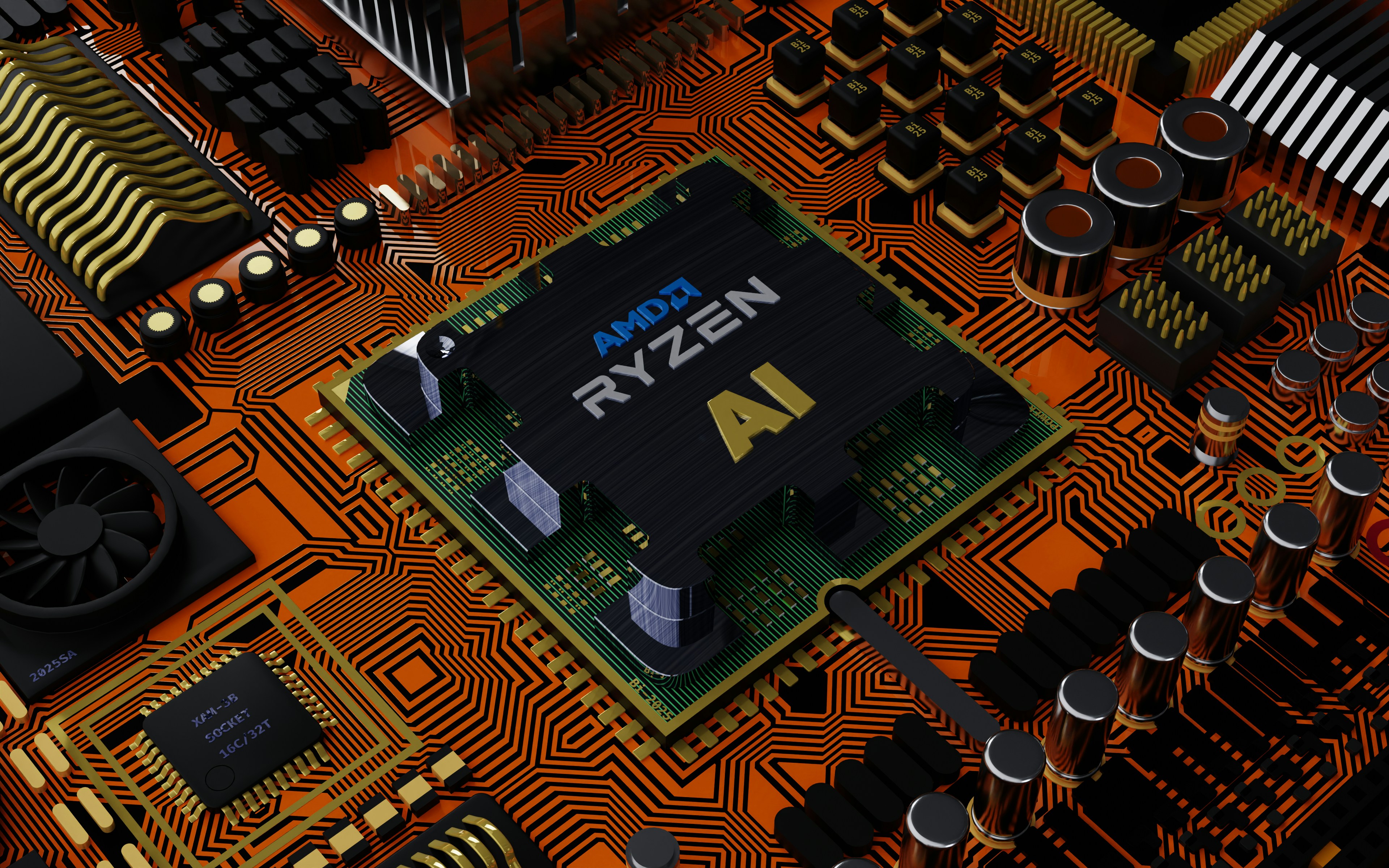Computer Vision | Definition & Examples
Computer Vision
Definition:
"Computer Vision" is a field of artificial intelligence (AI) that enables computers to interpret and make decisions based on visual data from the world. This technology allows machines to analyze and understand images, videos, and other visual inputs to perform various tasks.
Detailed Explanation:
Computer vision is a multidisciplinary field that involves training computers to see, identify, and process images in the same way that human vision does. By using algorithms and models, computer vision systems can extract information from visual data, enabling applications such as image recognition, object detection, and scene understanding.
The field of computer vision combines aspects of machine learning, image processing, and pattern recognition to create systems that can interpret visual information. Key technologies and techniques used in computer vision include convolutional neural networks (CNNs), deep learning, and edge detection.
Key Elements of Computer Vision:
Image Recognition:
The process of identifying objects, people, places, and actions in images. This involves labeling and categorizing elements within an image.
Object Detection:
Identifying and locating objects within an image or video. This involves drawing bounding boxes around objects and classifying them.
Image Segmentation:
Dividing an image into multiple segments to simplify analysis. Each segment represents a different object or part of an object.
Facial Recognition:
Identifying and verifying individuals based on facial features. This technology is used in security, authentication, and social media tagging.
Scene Understanding:
Analyzing and interpreting the overall scene in an image, including context and relationships between objects.
Advantages of Computer Vision:
Automation:
Automates tasks that require visual interpretation, such as quality inspection, surveillance, and sorting.
Accuracy:
Provides high accuracy in identifying and classifying visual data, often surpassing human capabilities in specific tasks.
Efficiency:
Processes large volumes of visual data quickly, enabling real-time applications and decision-making.
Challenges of Computer Vision:
Data Quality:
Requires large amounts of high-quality, labeled data for training models. Poor-quality data can lead to inaccurate results.
Complexity:
Developing and fine-tuning models can be complex and resource-intensive, requiring significant computational power and expertise.
Ethical Concerns:
Raises issues related to privacy, surveillance, and bias, especially in applications involving facial recognition and security.
Uses in Performance:
Healthcare:
Assists in medical imaging analysis, such as detecting tumors, diagnosing diseases, and planning treatments.
Automotive Industry:
Powers advanced driver-assistance systems (ADAS) and autonomous vehicles, enabling features like lane detection, object avoidance, and traffic sign recognition.
Retail:
Enhances customer experiences through visual search, inventory management, and automated checkout systems.
Design Considerations:
When implementing computer vision systems, several factors must be considered to ensure effectiveness and reliability:
Model Training:
Use diverse and comprehensive datasets to train models, ensuring they perform well in various real-world scenarios.
Real-Time Processing:
Optimize systems for real-time processing to meet the demands of applications requiring immediate responses.
Ethical Practices:
Implement safeguards to address privacy concerns and reduce bias in data and algorithms.
Conclusion:
Computer vision is a field of AI that enables computers to interpret and make decisions based on visual data from the world. By leveraging technologies such as image recognition, object detection, and scene understanding, computer vision systems can automate tasks, provide high accuracy, and process large volumes of data efficiently. Despite challenges related to data quality, complexity, and ethical concerns, the advantages of automation, accuracy, and efficiency make computer vision a powerful tool in various industries, including healthcare, automotive, and retail. With careful consideration of model training, real-time processing, and ethical practices, computer vision can significantly enhance the capabilities and applications of AI systems.

